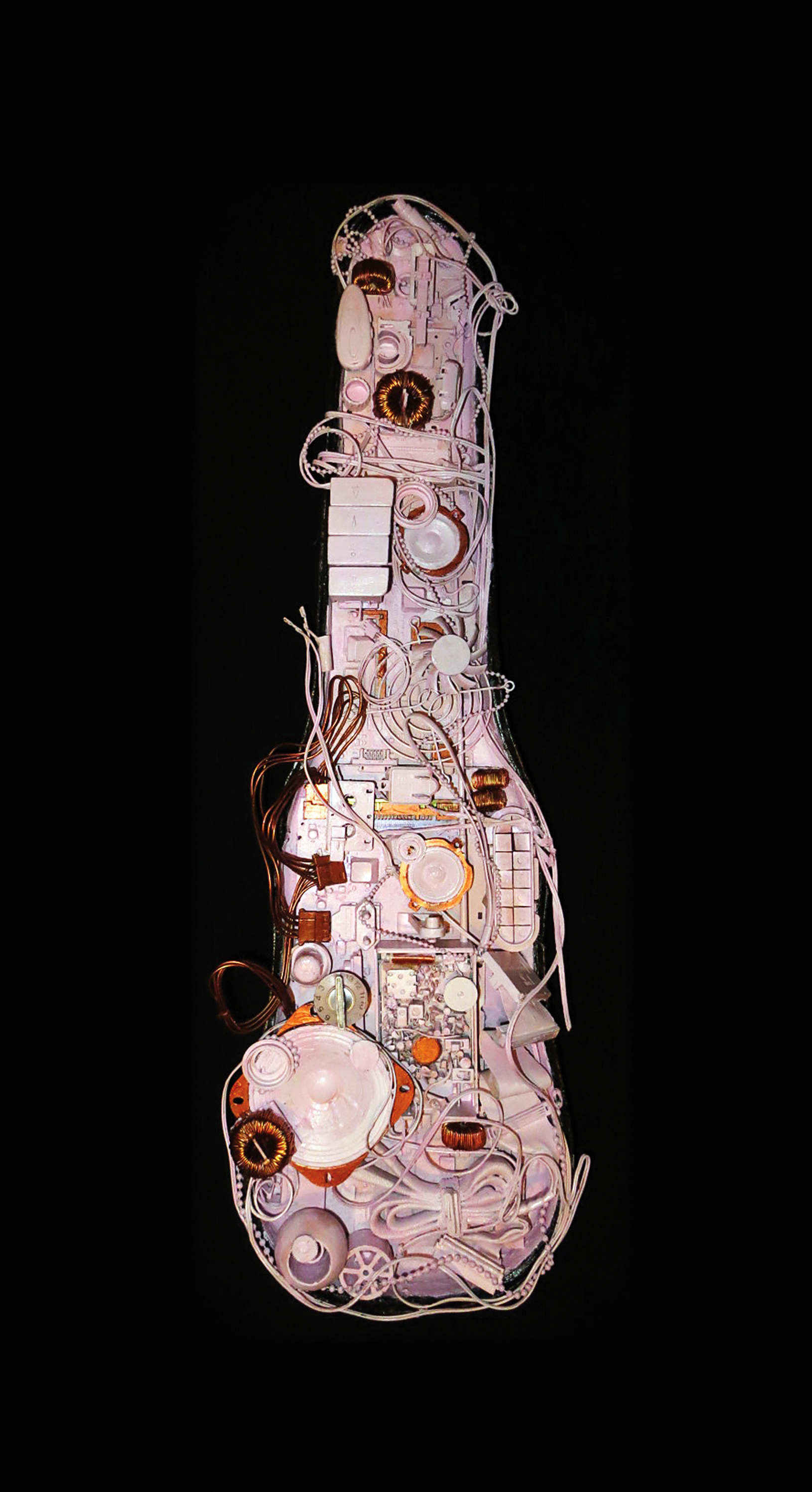Low end management is the bane of every mixer’s existence. Too much low end can eat up all the space in your mix, and too little makes a mix sound thin and amateur. Depending on your mixing environment and your speakers’ frequency response, managing low end can feel like guesswork. Do I know what 30 Hz sounds like? Sure. Do I know what 31, 32, and 33 Hz sound like relative to each other? Uh… maybe?
Enter challenger: Dynaudio’s Core Sub. The Core Sub is a high-end reference powered subwoofer from the same series as their full range counterpart: the Core 59 monitors [Tape Op #137]. The sub has four nine-inch drivers with 1000 watts of Class D Pascal amplification. Specs aside, this sub is no joke in size and performance. In fact, when it showed up, I had to wait until a friend was available to help me lift it out of the small crate it came in. The Core Sub sports the same DSP customization features as the other speakers in the Core line, which opens up the possibilities of stacking them or mounting them on a wall. I have been fortunate to use the Core 59 speakers in my room over the past year, so when offered the chance to review not one but two of the Core Subs, I was beyond thrilled.
Setting up the Core Sub was simple. There is a Bass Extension switch on the back of each Core 59 speaker that gets flipped from Full to HP. Then I chained the digital outs from the back of my converters to all speakers. The Core Subs can also be used in tandem with analog outputs, but the digital outputs worked better with the converters and monitor controller in my rig. I started with one sub, adding the second over time so I could evaluate the changes a second sub would make in my mixing workflow. I should mention, before this review, I don’t usually incorporate a sub in my day-to-day mixing. I’ve tried some budget subs before, but the extra boom always felt more like an ego boost and wasn’t detailed enough for me to appreciate what was going on in the deep low end. Needless to say, I was curious if this 100 pound, quad-driver, monster sub would change my mind.
Color me surprised! The Core Sub produces plenty of wall trembling boom, but also generates an especially musical low end. I spent a good bit of time the first few days using the Band Solo mode in Fab Filter Pro-Q3 [#132] in conjunction with the sub to solo out deep low end frequencies and listen to how they were helping or hurting the source audio. Simply being able to differentiate the total mud from the helpful moving low end while using the sub has become an invaluable asset in my workflow. I’ve found that mic’d bass guitar amps can be especially problematic. Weird resonances from the speakers, proximity effect from the mic, or even mud caused by early reflections bouncing off the floor (or nearby walls) always seems to find their way into a mic’d up cabinet. Moreover, I might be locked into mixing with the recorded bass amp tone due to the bassist’s choice in pedals or the amp itself. Being able to listen and feel with the Core Sub, then reshape the low end of a problematic bass amp became a trend on numerous mixes throughout my time mixing with this subwoofer. Previous to mixing with these subs, I’ve noticed I tend to use “preset filters” on guitars and room mics when I’m mixing to clear up space in those areas. I’ve stopped doing that since adding the subs to the mix. For example, in the past, I might find myself automatically high-pass filtering up to the 80 and 100 Hz area on guitars in standard tunings. However, with the guitars tuned to lower to (D or C), it felt like too much of the low end got lopped off with the filter that high, but I still want to make the low end in the guitars tight in order to leave room for the bass guitar and kick drum. Again, when using the sub to gauge the difference between the grossness and the beef, pulling the filter back even a little bit to the 70 to 75 Hz area retained of that low end thickness I was missing (and trying to add back in later). I ran into a similar situation when mixing synths in a big rock production – you don’t realize how much sub information a simple stereo synth pad patch might have. Those frequencies can cloud up other important instruments that are living in your L/R fields.
Ultimately I have grown to enjoy mixing with the Dynaudio Core Sub. There will be a learning curve here – initially, my mixes with the sub sounded a little on the thin side because I wasn’t accustomed to the low end bloom, so I was probably shying away from making boosts on low endy sources. It took some time to entirely wrap my brain around what I was hearing, and I also had to play around with placement and the DSP settings on the sub to get it fully dialed in. But being able to hear the low end spectrum of my mixes while using that information in tandem with some of my favorite mixing tools, has allowed me to be more in control. It made having a sub in my room feel less like a gimmick, and more like a tool. The only problem now is that when my mixes sound bad, I can’t blame my speakers! The Dynaudio Core Sub is an excellent (and fitting) addition to the Core speaker system.




_disp_horizontal_bw.jpg)